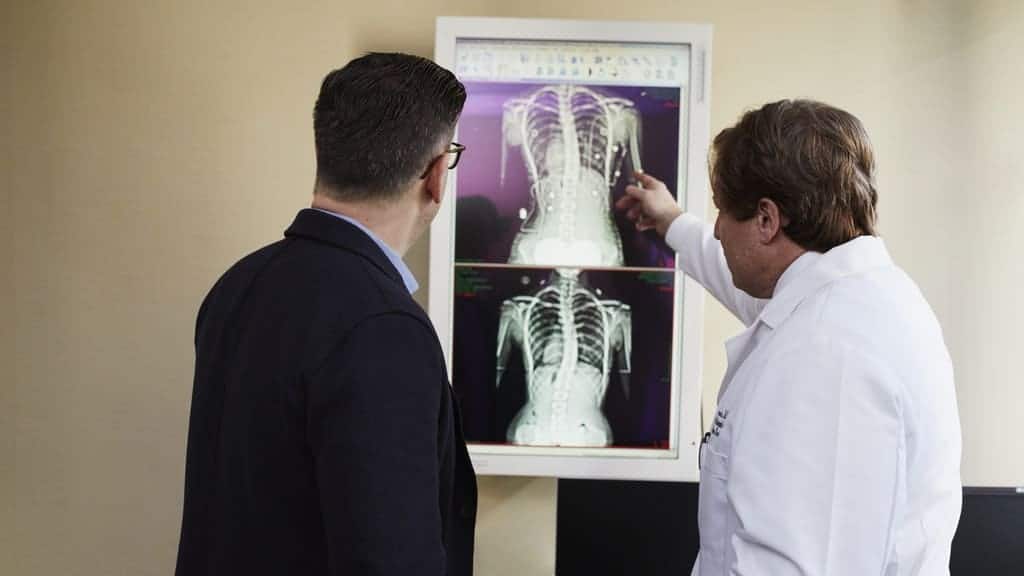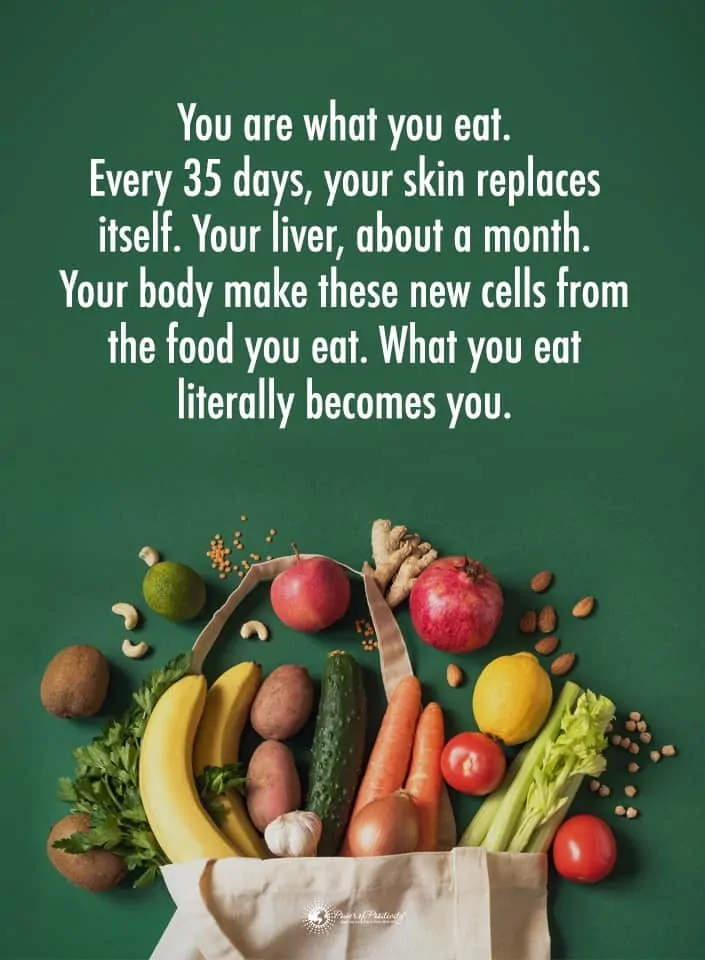WHAT YOU SHOULD KNOW ABOUT VITAMIN D?
In addition to being a pro-hormone and being billed as a “sunshine” vitamin, vitamin D is one of four fat-soluble vitamins that the body needs to function properly, the remaining three being A, E, and K. It is also important to note that vitamin D is classified as D2 and D3 as this distinction will help us further understand how the body produces this essential vitamin.
In short, we can get vitamin D2 by taking supplements or consuming fortified foods, such as low-fat dairy products, fatty fish, and liver. Conversely, we can receive vitamin D3 by being exposed to sunlight, consuming fortified foods, or taking supplements. Vitamin D2 and D3 are considered essential vitamins because the body is incapable of producing these vitamins on its own. Instead, they must come from outside sources, namely food, sunlight, and supplements.
HOW MUCH VITAMIN D DO YOU NEED?
Age is a critical factor regarding how much vitamin D2 and D3 the body needs. As such, the U.S. Institute of Medicine recommends the following micrograms (mcg) and International Units (IU) based on an individual’s age:
- Infants from 0 to 12 require 400 IU (mcg) of combined vitamin D2 and D3.
- Children between 1 and 18 should aim for 600 IU (15 mcg).
- Adults between 18 and 70 will need 600 IU (15 mcg).
- Adults aged 70 and over should aim for 800 IU (20 mcg).
Also, please note that pregnant or lactating women will need 600 IU (15 mcg). Of course, this information is a general guideline. If you believe that you are deficient in vitamin D2 and D3, it would be a good idea to speak with a physician who can help you determine how much you need based on your age and health.
WHAT ARE THE SYMPTOMS OF A VITAMIN D DEFICIENCY?
The symptoms associated with a vitamin D deficiency can vary depending on how deficient an individual is in this essential vitamin. The same also applies to the severity of the symptoms as well. That said, some of the more common symptoms include
- Becoming more susceptible to illness and infection
- Chronic fatigue
- Bone pain
- Back pain
- Hair loss
- Depression
- Wounds that don’t heal or are slow to heal
Also worth noting, the longer an individual remains vitamin D deficient, the more serious the symptoms will become; some of the symptoms associated with a long-term deficiency can include
- Extreme weight gain
- High blood pressure
- Diabetes
- Neurodegenerative disease
- Fibromyalgia
HOW TO CORRECT A VITAMIN D DEFICIENCY
If you aim to boost your vitamin D2 or D3 levels, you don’t want to increase your intake too drastically. To that point, most physicians, dieticians, and nutritionists will urge individuals not to exceed more than 4,000 IUs per day to avoid toxicity. According to several studies, consuming large amounts of this vitamin can cause hypervitaminosis D, a condition characterized by excessive bone calcification and hardening of the blood vessels, kidneys, and heart. Additional hypervitaminosis D symptoms can include
- Constipation
- Nausea and vomiting
- Diarrhea
- Xerostomia (dry mouth)
- Headaches
- A metallic taste in the mouth
- A loss of appetite
- Hair loss
The United States FDA (Food and Drug Administration) does not monitor or regulate supplements. Thus, it is always best to consume foods rich in vitamin D3 instead. Along with low-fat dairy products, fatty fish, and liver, vitamin D2 is also abundant in chicken, swordfish, cod liver oil, and raw maitake mushrooms.
Obviously, this is not suggesting that supplementation is ineffective. Still, you will likely get better results by consuming whole foods and getting at least 10 to 20 minutes of sun exposure daily.
HOW CAN VITAMIN D2 AND D3 IMPROVE YOUR HEALTH?
Now that we have a basic understanding of how being deficient in vitamin D2 and D3 adversely affects the body, let’s take a look at how optimal levels of this essential vitamin can improve one’s health:
1 – STRONG TEETH AND BONES
The body needs vitamin D2 and D3 to regulate calcium and also to maintain adequate levels of phosphorus in the blood. These two components are critical to both strong bones and teeth. Without vitamin D, the calcium that we consume, either as whole foods or as supplements, would be excreted by the kidneys like any other waste material. The body’s inability to absorb calcium also leads to a drop in phosphorus levels as well, which further complicates matters.
2 – STRONGER IMMUNE SYSTEM
Vitamin D2 and D3 can help strengthen our immune system. And that effort goes a long way toward fending off a variety of illnesses. According to a study published by Today’s Dietitian, a news source for dietitians and nutritionists, the essential vitamin can reduce the risk of influenza by as much as 40 percent.
3 – REDUCED CANCER RISK
Along with helping to reduce the risk of diabetes, evidence suggests that vitamin D2 and D3 might also reduce the risk of developing certain cancers. According to one study, adequate levels of vitamin D2 and D3 have been shown to reduce cancer progression by contributing to the following:
- Regulating cell growth
- Improving communication between cells
- Developing new blood vessels in cancer-plagued cells
- Inhibiting the spread of cancer to other lymph nodes and organs
- Promoting cancer cell death
4 – IMPROVED OVERALL HEALTH
Optimal vitamin D2 and D3 levels have been shown to reduce the risk of developing diabetes by promoting insulin secretion and glucose tolerance. This essential vitamin can also reduce the risk of developing the following health problems:
- High blood pressure
- Swine flu
- Rheumatoid arthritis
- Alzheimer’s disease
- Autism
5 – HEALTHY PREGNANCY AND HEALTHY INFANTS
For soon-to-be moms, maintaining a healthy level of vitamins D2 and D3 is critical to a healthy pregnancy. Mothers should also make it a point to provide their newborns and infants with the right amount of essential vitamins for their overall health and development. According to a study published in the National Institute of Health, one of the world’s foremost medical research centers and part of the United States Department of Health and Human Services, low vitamin D2 and D3 levels during pregnancy have been linked to bacterial vaginosis and gestational diabetes mellitus.
It can also lead to preeclampsia, a pregnancy complication that can damage vital organs and also cause high blood pressure. As far as infants are concerned, a deficiency in this essential vitamin can lead to an increased risk of food allergies, eczema, and asthma. Also noteworthy, infants and young children with low vitamin D2 and D3 levels are more likely to develop rickets, a disease that causes their bones to soften.
6 – OSTEOPOROSIS
Like children, adults with low vitamin D2 and D3 levels can also develop weak bones; however, unlike rickets, the condition connects to osteoporosis. In addition to low bone density, osteoporosis can also cause muscle weakness. That said, osteoporosis is especially common in post-menopausal women and men aged 70 and over.
Great Reasons to Get Your Vitamin D
To sum it up, there many reasons to stay on top of your vitamin D2 and D3 levels. The best way to do this is by making subtle dietary changes, taking supplements, and getting enough sun exposure. Speaking with a physician, dietician, or nutritionist is also a good idea. Those pros can help you identify how much of this essential vitamin you need based on your age and health to avoid possible vitamin toxicity.
















 Community
Community

